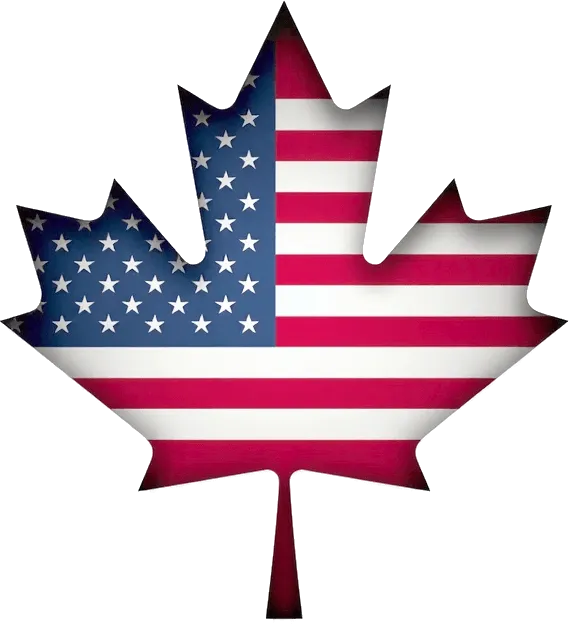
The Path to Statehood
Understanding the historic journey from Canadian provinces to America's largest state.

Understanding the historic journey from Canadian provinces to America's largest state.
Engaging with citizens across all provinces and territories through town halls, online forums, and public debates to gather input and address concerns.
Developing and ratifying the legal framework for transition, including amendments to both Canadian and US constitutions.
Implementing a carefully planned 3-5 year transition period to align systems, laws, and institutions while maintaining stability.
Formal admission as the 51st state, with full representation in Congress and integration into the American federal system.
Each province must ratify the statehood agreement through their legislative assemblies.
Passage of enabling legislation in both Canadian Parliament and US Congress.
Harmonization of legal systems and constitutional frameworks.

Through careful planning and democratic process, this three-phase framework provides a clear, achievable path for Canadian provinces to join the United States as its newest state.
The path to statehood represents one of the most complex geopolitical transformations in North American history. While the process is unprecedented, both nations' constitutions provide clear frameworks for this historic transition.
Canada's Constitution Act of 1982 requires the 7/50 rule for structural amendments:

Under Article IV, Section 3 of the U.S. Constitution, Congress holds exclusive authority to admit new states through:
Integrating Canada's provinces into the United States requires careful coordination across multiple complex systems. These key areas represent the most significant technical and logistical challenges that must be addressed to ensure a seamless transition while maintaining stability and service continuity.
Several potential pathways exist for incorporating Canadian provinces into the United States, each balancing regional autonomy with administrative efficiency.
Unified approach merging all provinces into one large state, maximizing administrative efficiency while maintaining regional identity.
Strategic grouping of provinces into four distinct states based on geographic and economic alignment.
Maximum autonomy approach where each province becomes its own state, preserving existing boundaries.
The journey to statehood is more than a legal process—it's the natural evolution of two centuries of shared values, culture, and destiny.
Through careful planning, democratic processes, and a commitment to preserving the best of both nations, we're creating a framework for the most significant peaceful unification in modern history. This transformation will not only strengthen North America's position on the global stage but also unlock unprecedented opportunities for citizens of both nations, creating a more prosperous, secure, and united future for generations to come.
Every step of our journey is built on democratic principles and transparent engagement:
This historic unification creates unprecedented opportunities:
Join us in shaping this historic transition. Stay informed about the statehood process and learn how you can contribute to this transformative journey.
Thank you for joining the movement. Check your email to confirm your subscription.